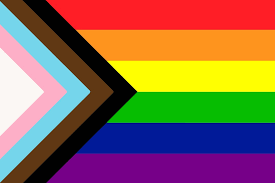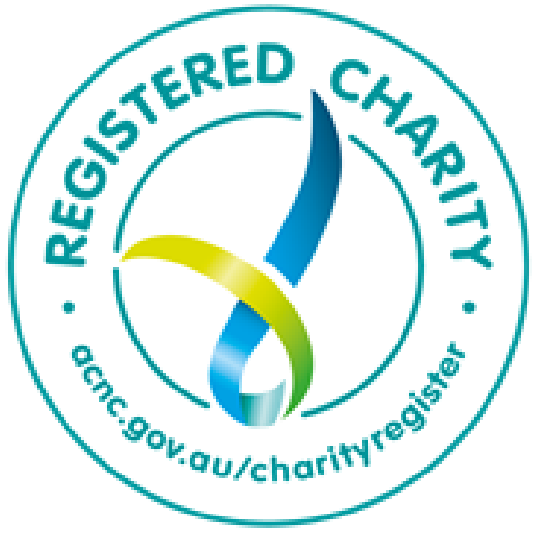What is weight bias and fatphobia, and how can we challenge it?
What is weight bias?
Weight bias, sometimes also called fatphobia or weight stigma, describes the negative attitudes and stereotypes surrounding and attached to larger bodies. Further, fatphobia is an abnormal and irrational fear of being fat or being around fat people.
A new study published in the Nature Journal of Behaviour, Psychology and Sociology has found that the strongest predictors of weight bias are gender, along with personal exposure to the normalisation of beliefs that thinner body types are more attractive. We know that this is not the case and actively challenging these stereotypes can lead to greater understanding and acceptance of not only others, but also ourselves.
Examples of fatphobia and weight bias are vast and often ingrained into our society that follows diet culture:
- Clothing stores not stocking diverse sizes or using diverse models
- Restaurants, doctors’ surgeries, airplanes and other public spaces without chairs big enough for large people to sit in
- Appearance based compliments such as “Wow, you’ve lost so much weight!” without considering why or how people have lost weight, and that they may be engaging in unhealthy or dangerous behaviours to do so. Weight loss is not the pinnacle of achievement.
- Medical discrimination, where doctors ignore the real issue at hand and instead prescribe weight loss or unsolicited dieting advice
- The word “fat” used as an insult, when actually it is a benign, neutral descriptor of a body shape, such as being tall or short, or having brown or blue eyes.
- When larger bodies are dehumanised in the media, presented as headless or faceless, with only stomachs, waistlines, or legs visible, as though these are only body parts that don’t belong to an actual human being.
- Fat people face discrimination in the workplace and are less likely to be employed than a ‘regular’ size person. A 2009 survey found that “93% of employees would choose an applicant of “normal weight” over an equally qualified applicant who was [of a higher weight]”
Why is challenging weight bias and fatphobia important?
We live in a diet-culture ridden society that equates weight to worth, and tells us that a higher weight body is a problem to be fixed through restrictive diets and exercise regimes.
This is harmful and we need to realise, as a society, that your body is not wrong and is not a problem to be fixed.
Weight stigma, discrimination, weight-based bullying and teasing can have a sometimes life-long negative impact on a person’s mental health, their body image and also the relationship they have with food and exercise. Weight stigma is also a real barrier to many people seeking support.
Weight or body size does not determine the health of an individual. Health and wellbeing are multi-faceted and determined by much more than body weight; health is a “state of complete physical, mental and social well-being and not merely the absence of disease or infirmity” (WHO, 1948).
Health can exist on a spectrum of body sizes, including those in larger bodies, and a person’s health, eating and exercise behaviours should not be assumed based on their size or appearance.
How can we reduce weight bias?
To reduce our own internalised weight bias, we need to surround ourselves with diverse body types of all shapes and sizes and interact and learn from those who have been oppressed. Doing so can reduce attractiveness norms of the “thin ideal” and leads to a greater understanding and acceptance of those living in larger bodies.
Diversify your feed
Follow people who don’t look like you, follow people who do look like you. Follow people who showcase diverse bodies, and follow people who disregard editing and applying filters to their photos. Remember that what you see on social media isn’t always a true reflection of the individual and that we are worth so much more than our appearance and bodies.
Challenge weight bias or fatphobic thoughts you find yourself having
When you find yourself thinking negatively about people in larger bodies, take a minute to unpack these thoughts and challenge them. Remember that you cannot tell the health of someone just from their appearance, and that it is not your concern to judge their lifestyle habits. Everyone, regardless of body size and shape, is worthy of dignity and respect!
Challenge your friends, family and those around you
Because of diet culture, weight bias is ingrained and takes active participation to challenge it; some people may not even realise they are being discriminatory or offensive. Share what you have learnt with those around you and encourage them to look beyond appearance.
Learn to appreciate and accept your own body
“Learning to appreciate your body is the most powerful armor you can possibly have against weight stigma and fatphobia.” – Gillian Brown, The Body is Not an Apology
When we negatively comment on our own bodies, we send the message that this is where our body acceptance ends, not just for ourselves, but for those around us, too. Start small and acknowledge parts that you do like (e.g. your eyes, your nose) and work towards body parts that you don’t like. Unpack why this is the case – is it because diet culture has told you so? Instead of thinking with hate, try to focus on appreciating the certain body part and what it does for yourself.
Ways to encourage acceptance of body diversity
- Celebrate, embrace and accept all body shapes and sizes.
- Follow and support a broad representation of individuals, pages and businesses that are inclusive of people from all age groups, cultures, genders and body shapes.
- Actively challenge businesses that use advertisements to reinforce weight stigma and unhelpful appearance, beauty, health and fitness stereotypes. Be an advocate for them to do better by not following or buying from them.
- Educate yourself about diet culture.
- Be mindful of, and reduce toxic and unhelpful diet, body and appearance talk. It’s not helpful and doesn’t improve body confidence. If people around you are engaging in this type of talk, do your best to distract or divert the conversation. Find other interesting things to discuss.
- Avoid judging a person’s health, or eating and exercise behaviours, based on their weight, shape or appearance. A healthy body can present in a range of shapes or sizes.
- Avoid using language that increases feelings of guilt or shame around eating or weight, such as “bad”, “junk”, or “toxic”.
- Adopt a zero tolerance for weight and appearance teasing, shaming and bullying — to yourself and others, face to face or online.
*please note: the terms overweight and obesity, used in the original study, have been replaced by “larger bodies” in this blog post to be less judgemental and stigmatising.
Further resources and information
Commenting on someone’s weight can have lasting impacts






















